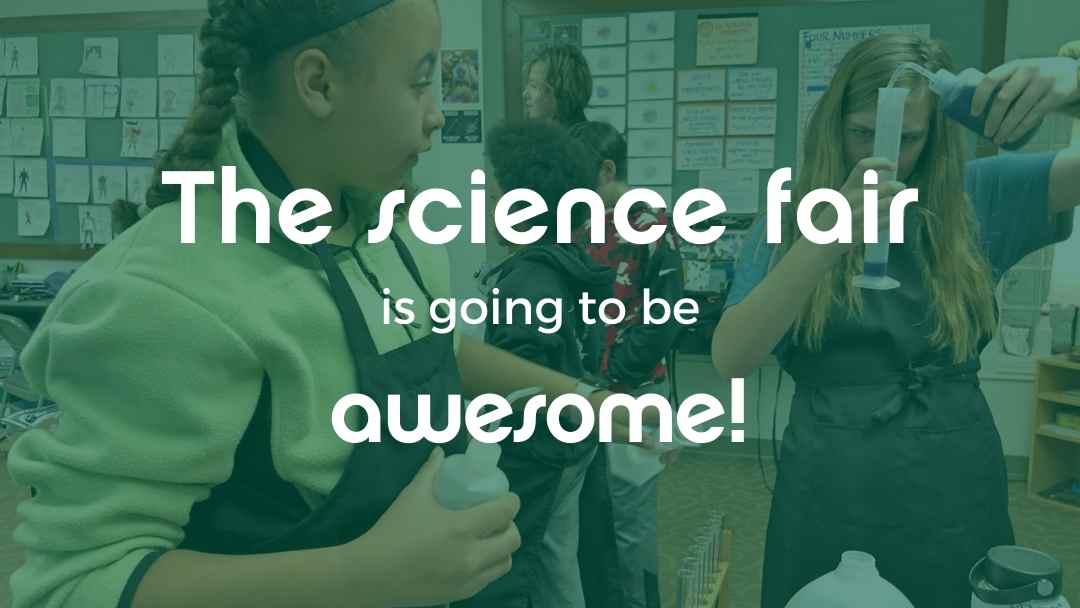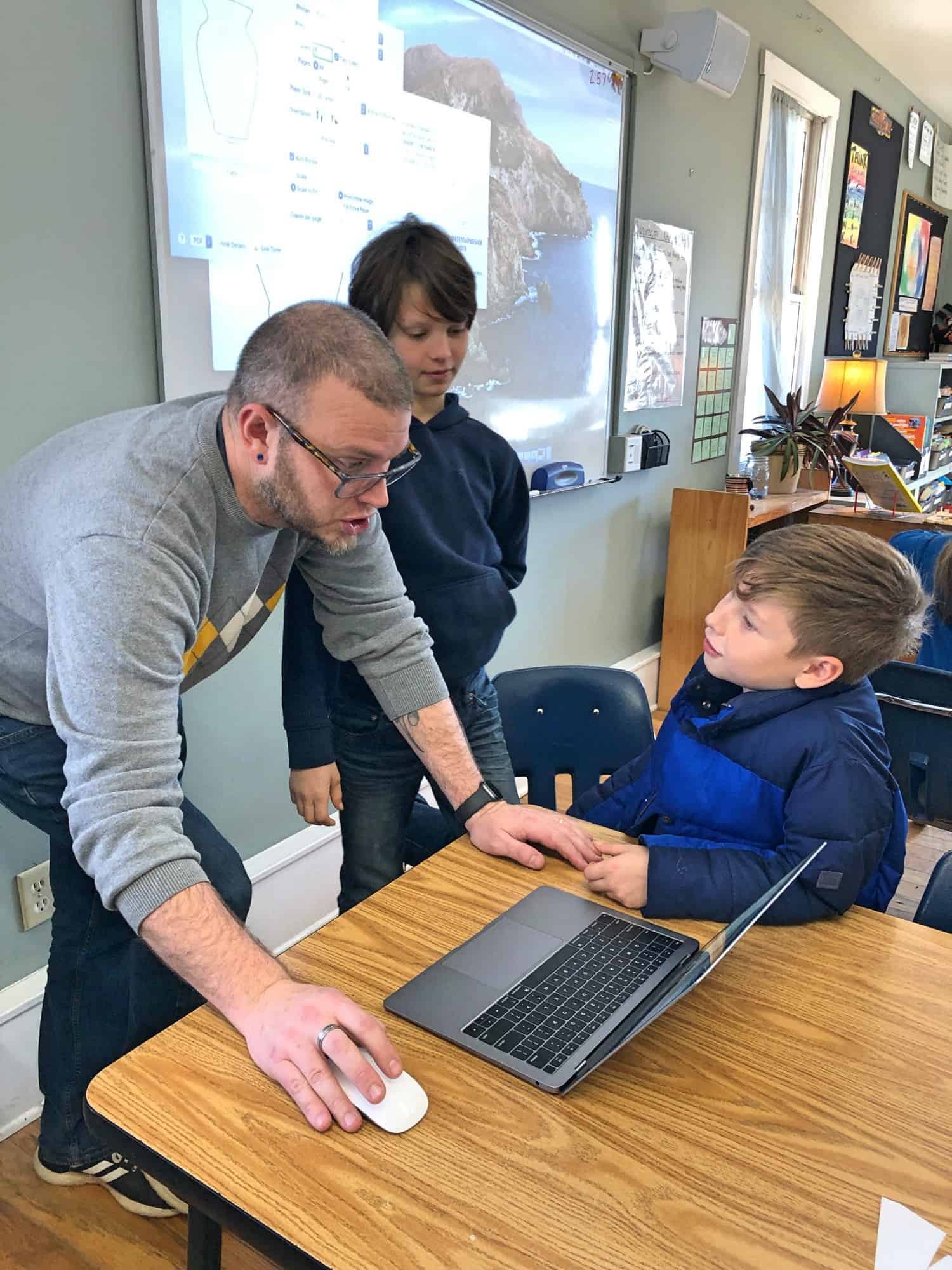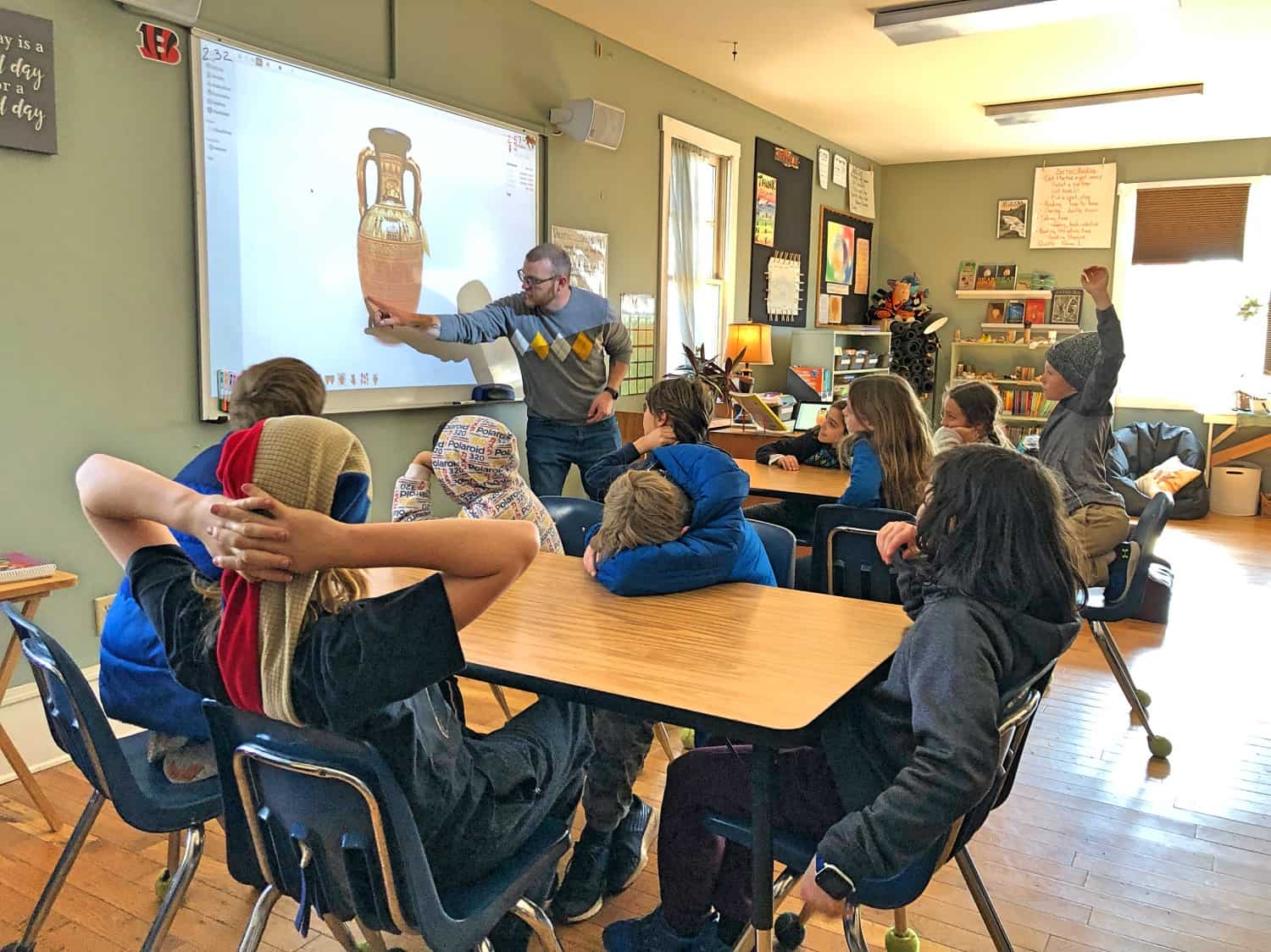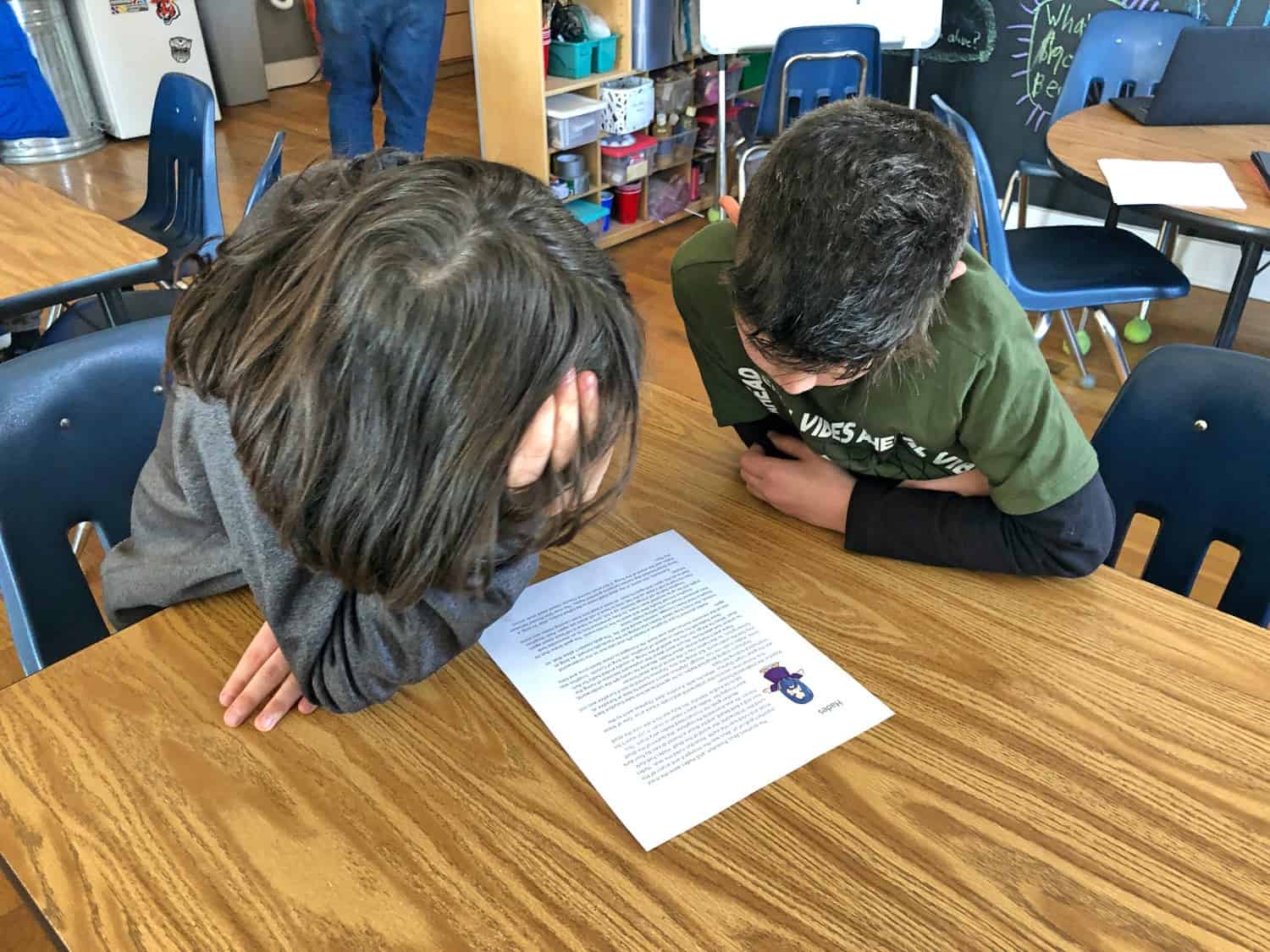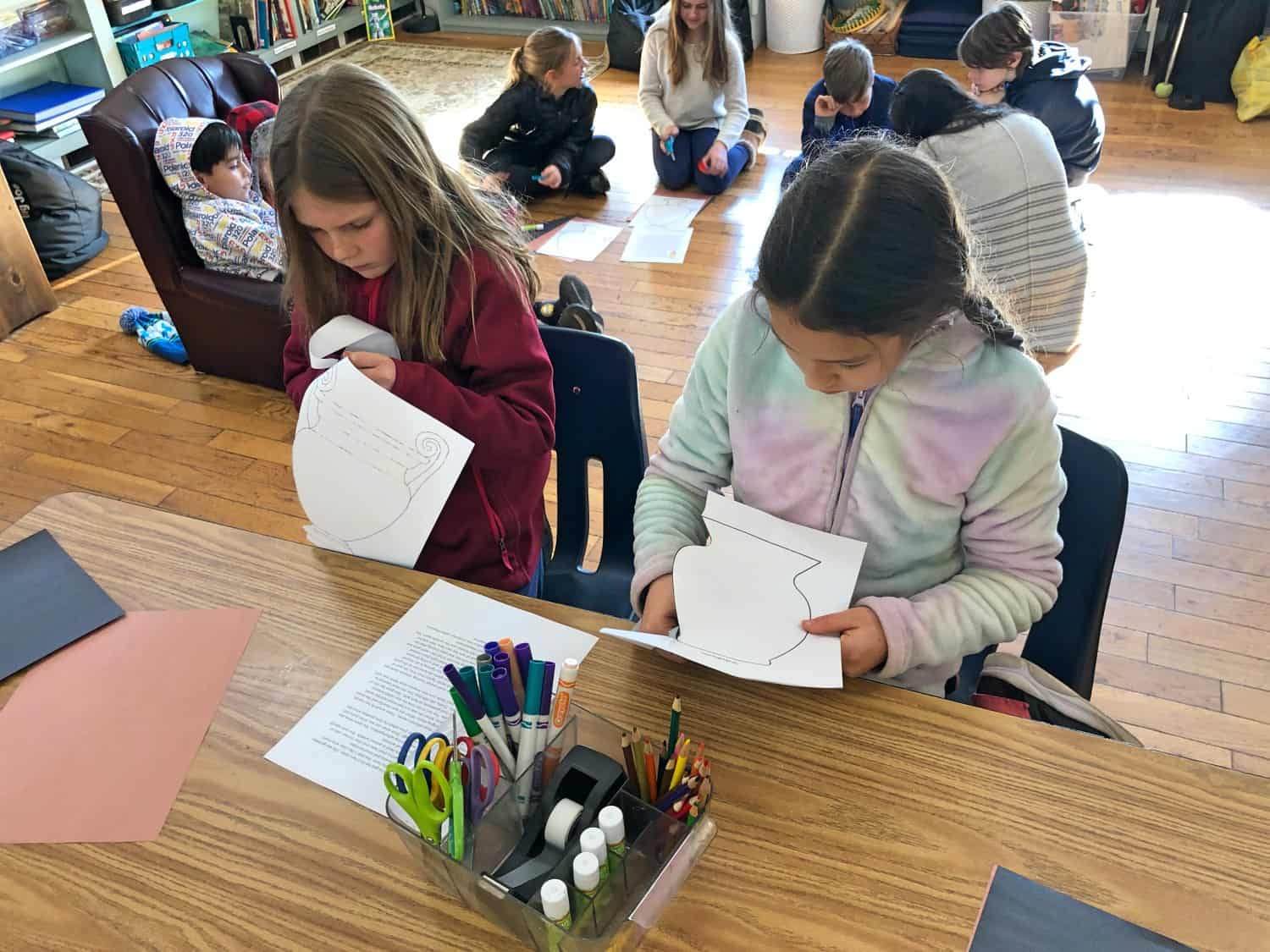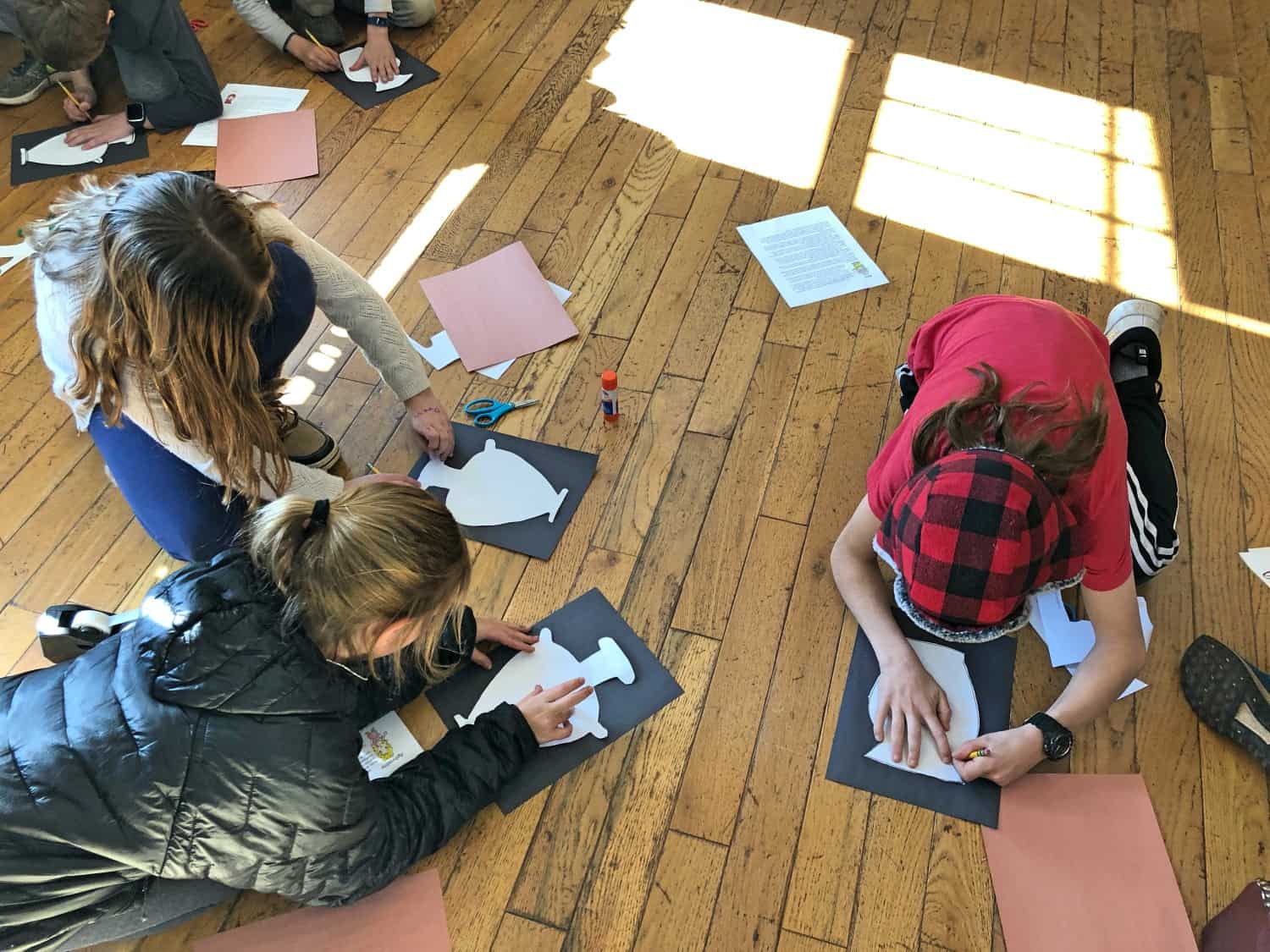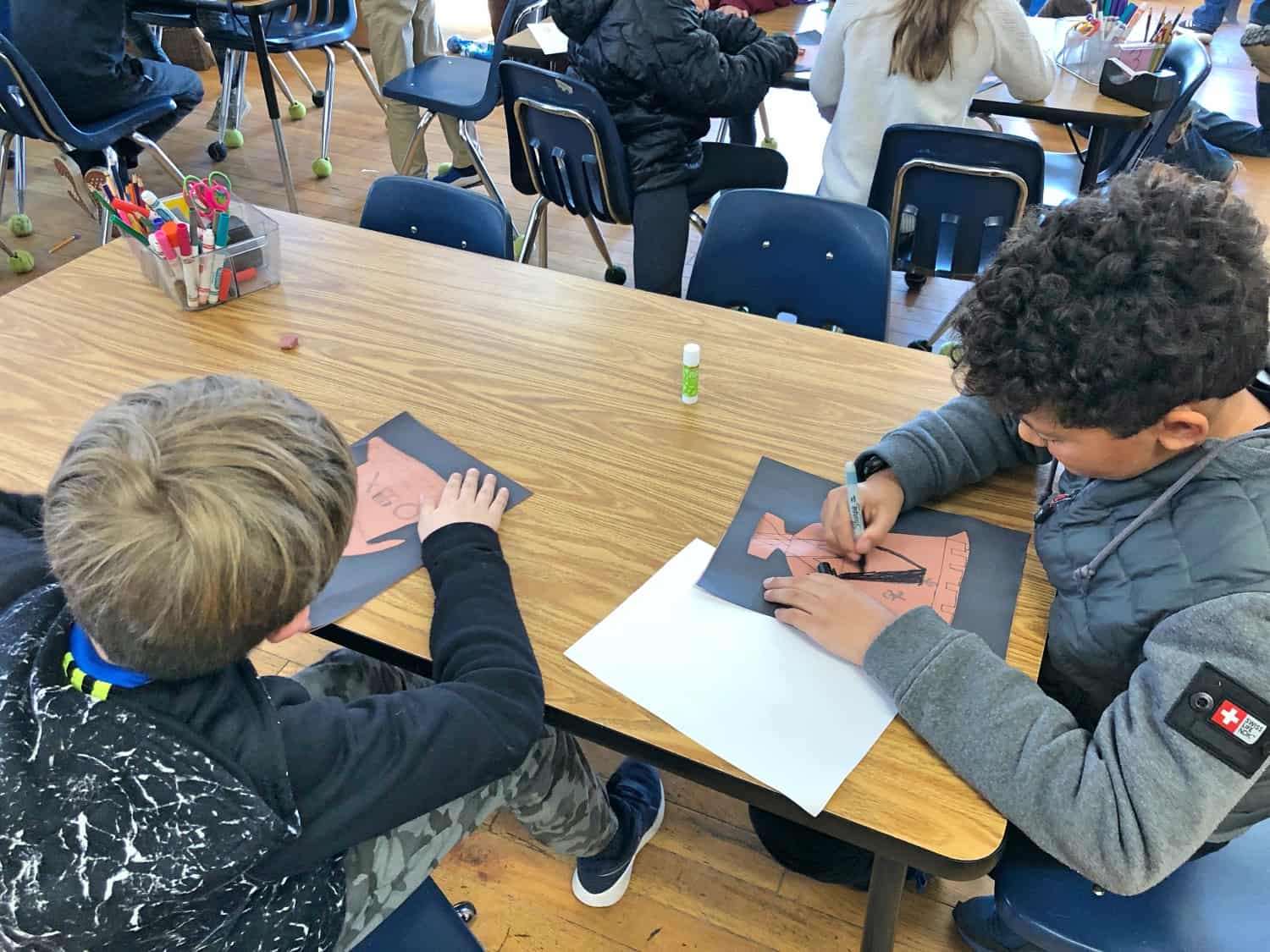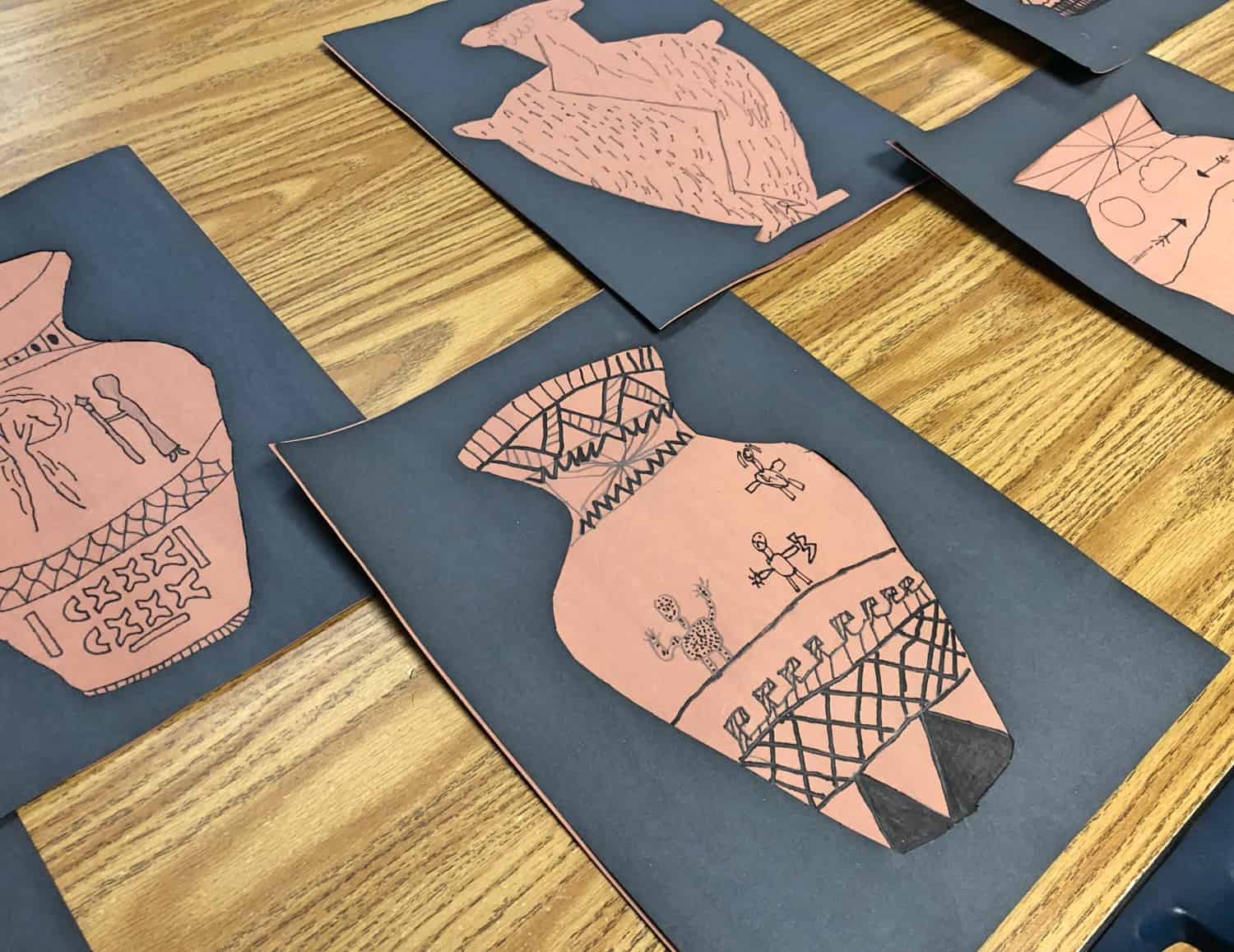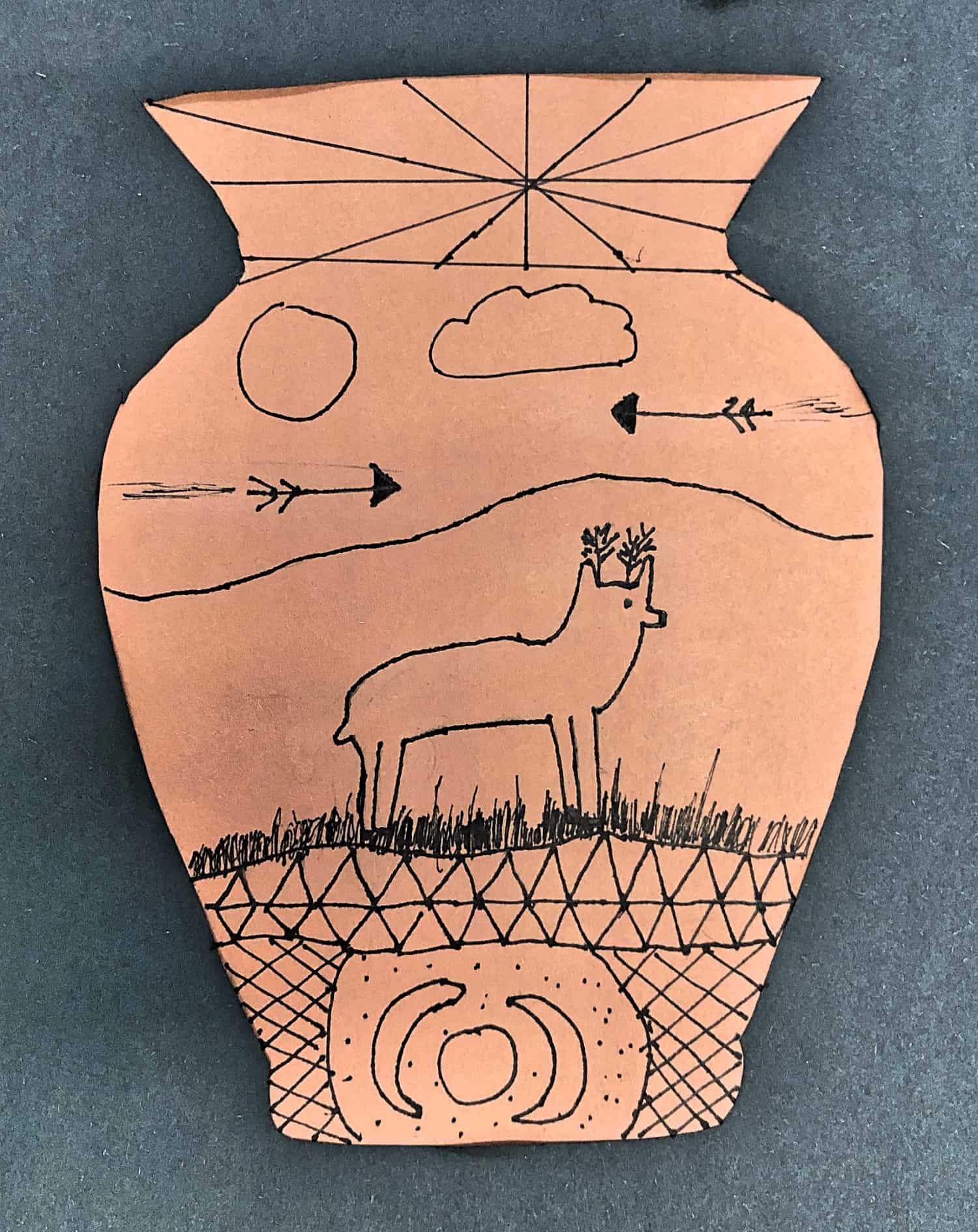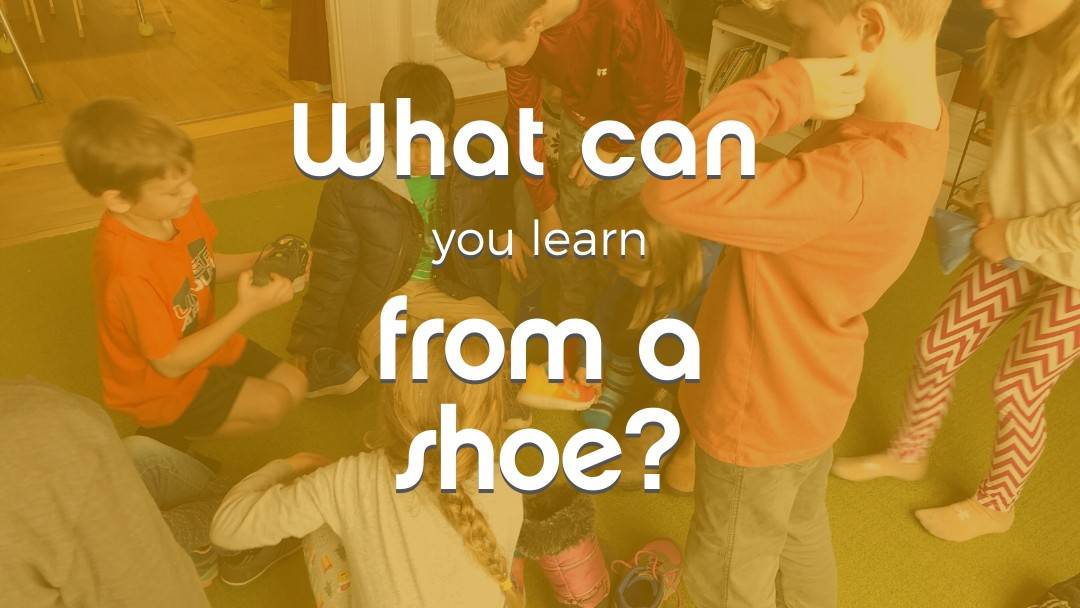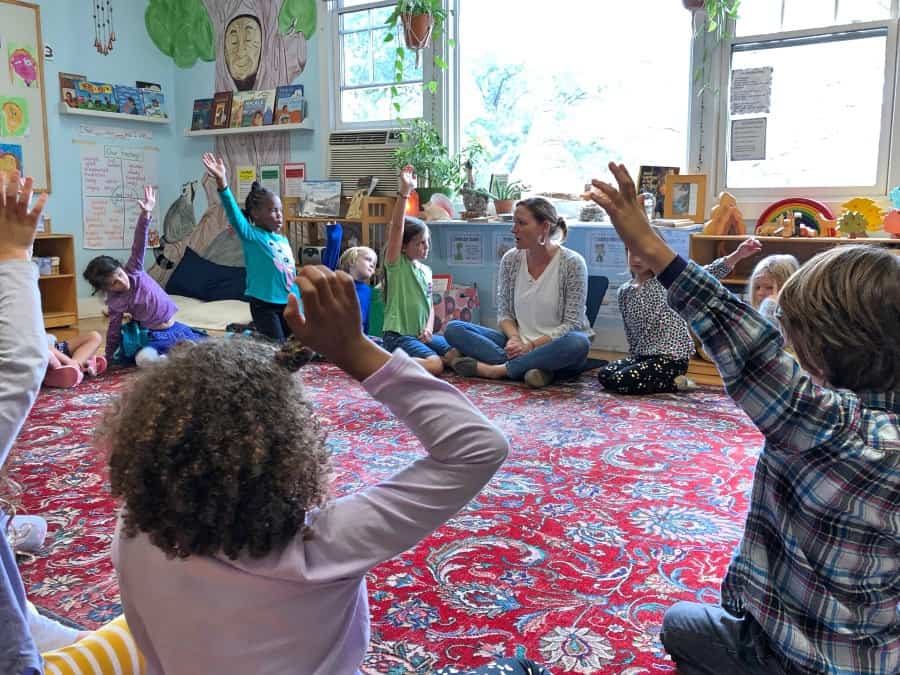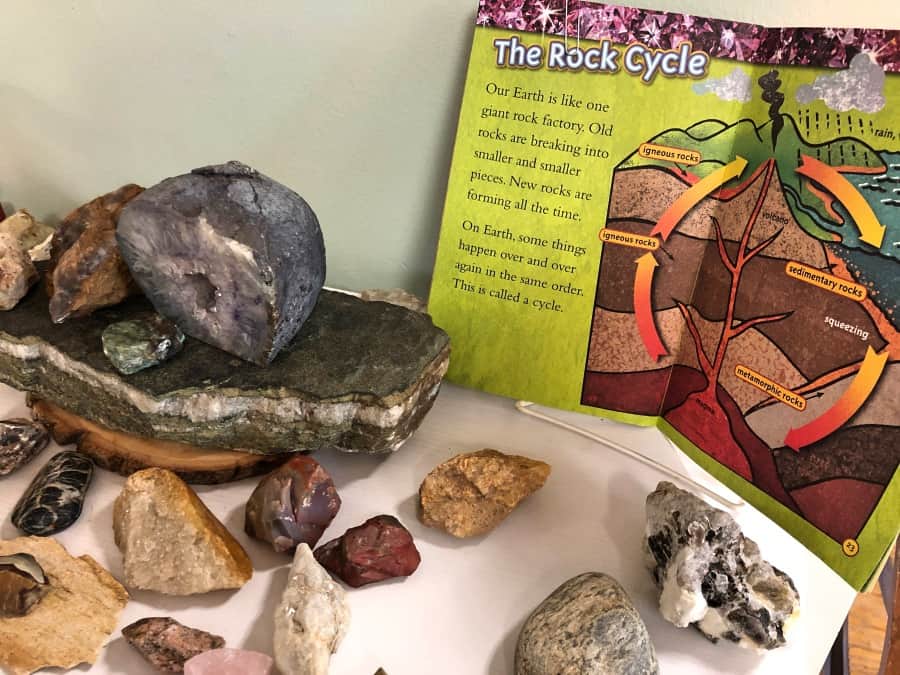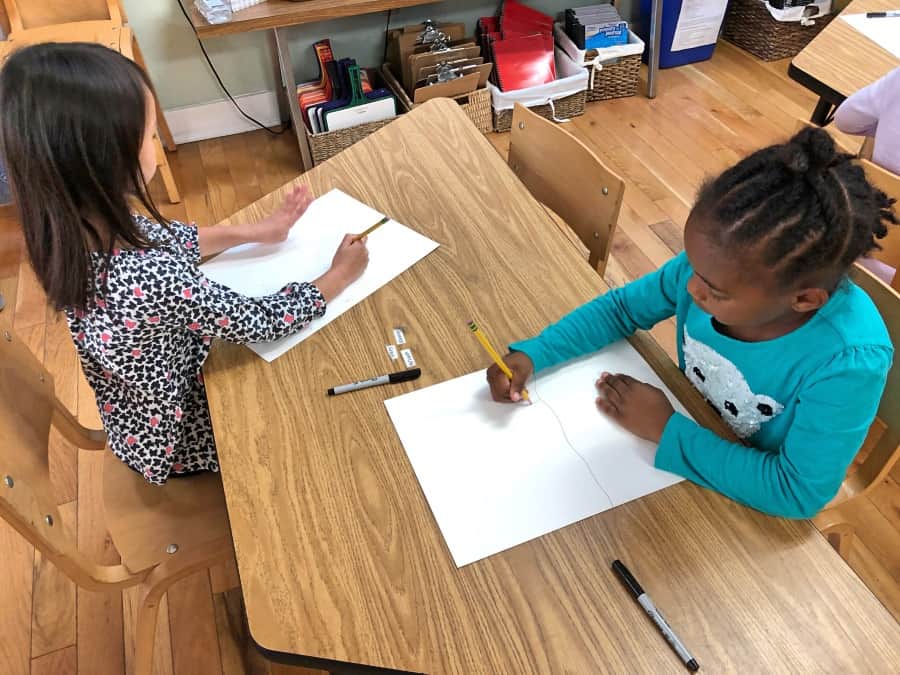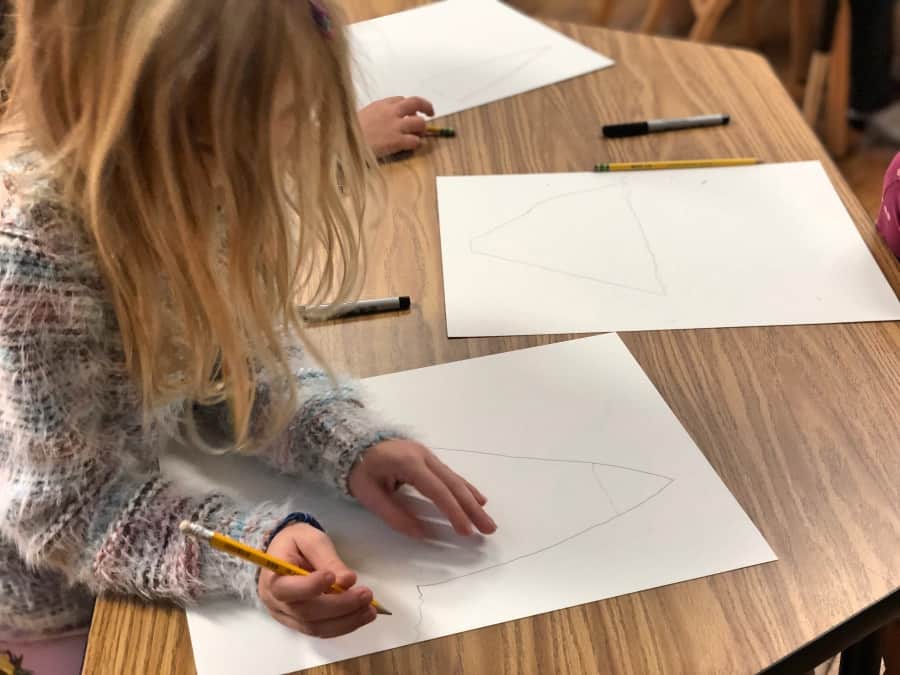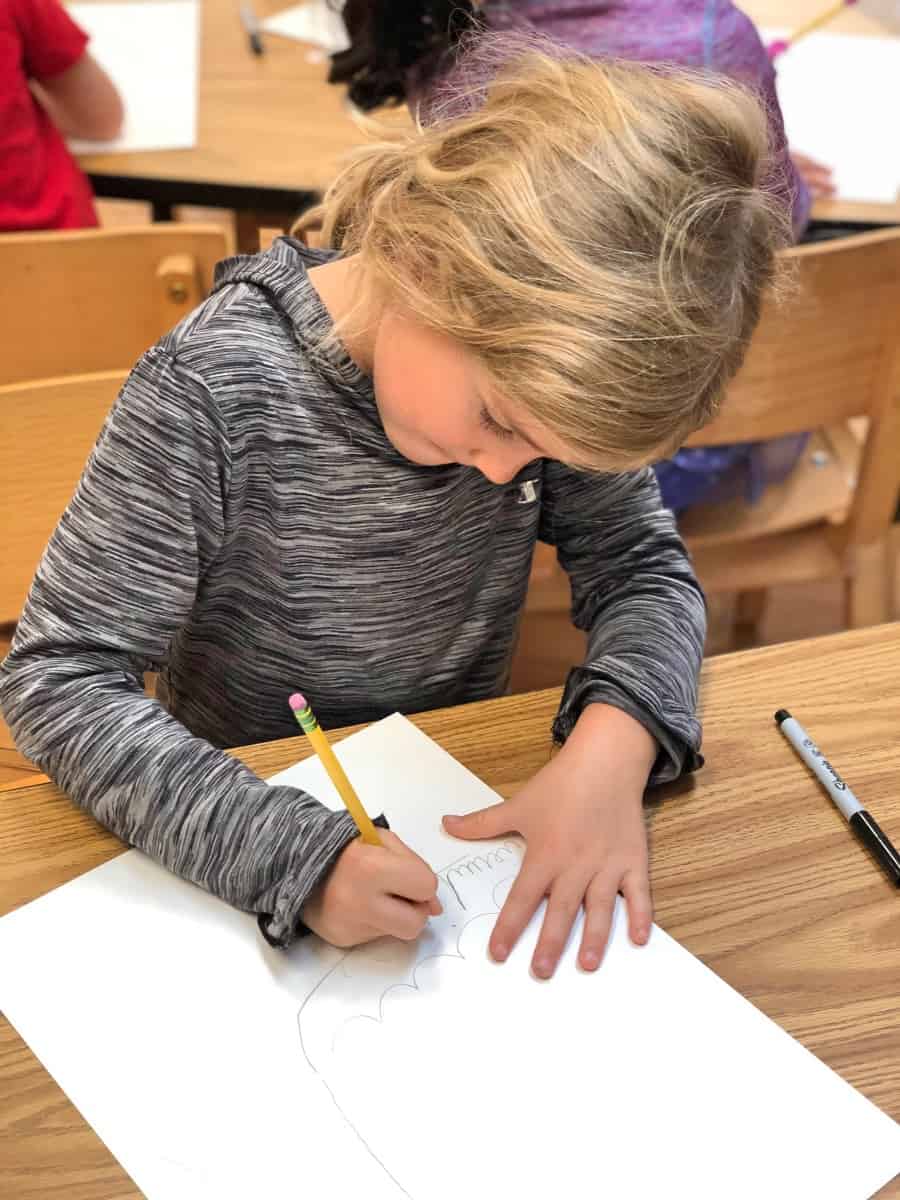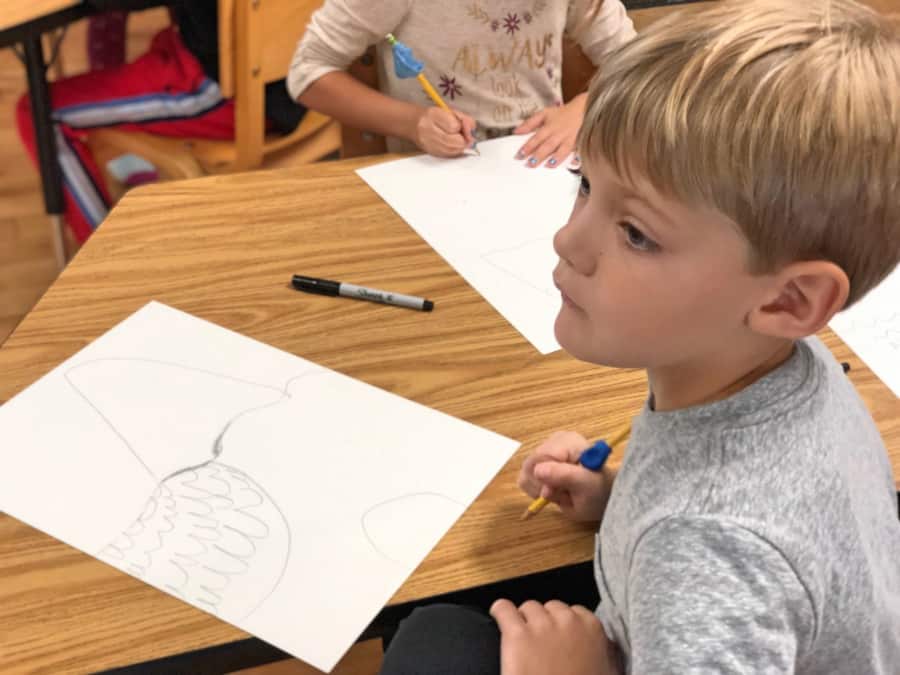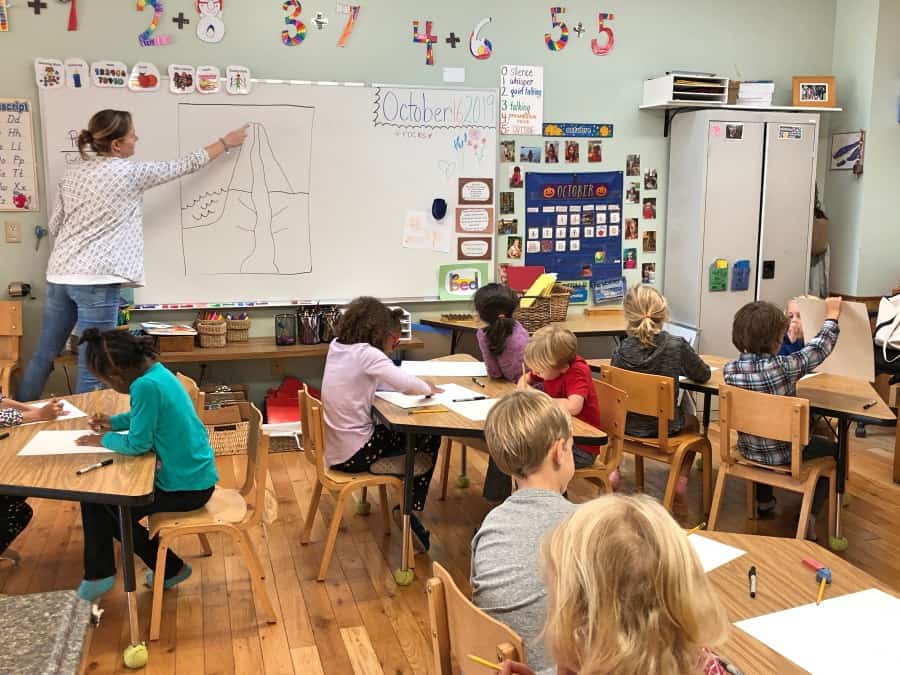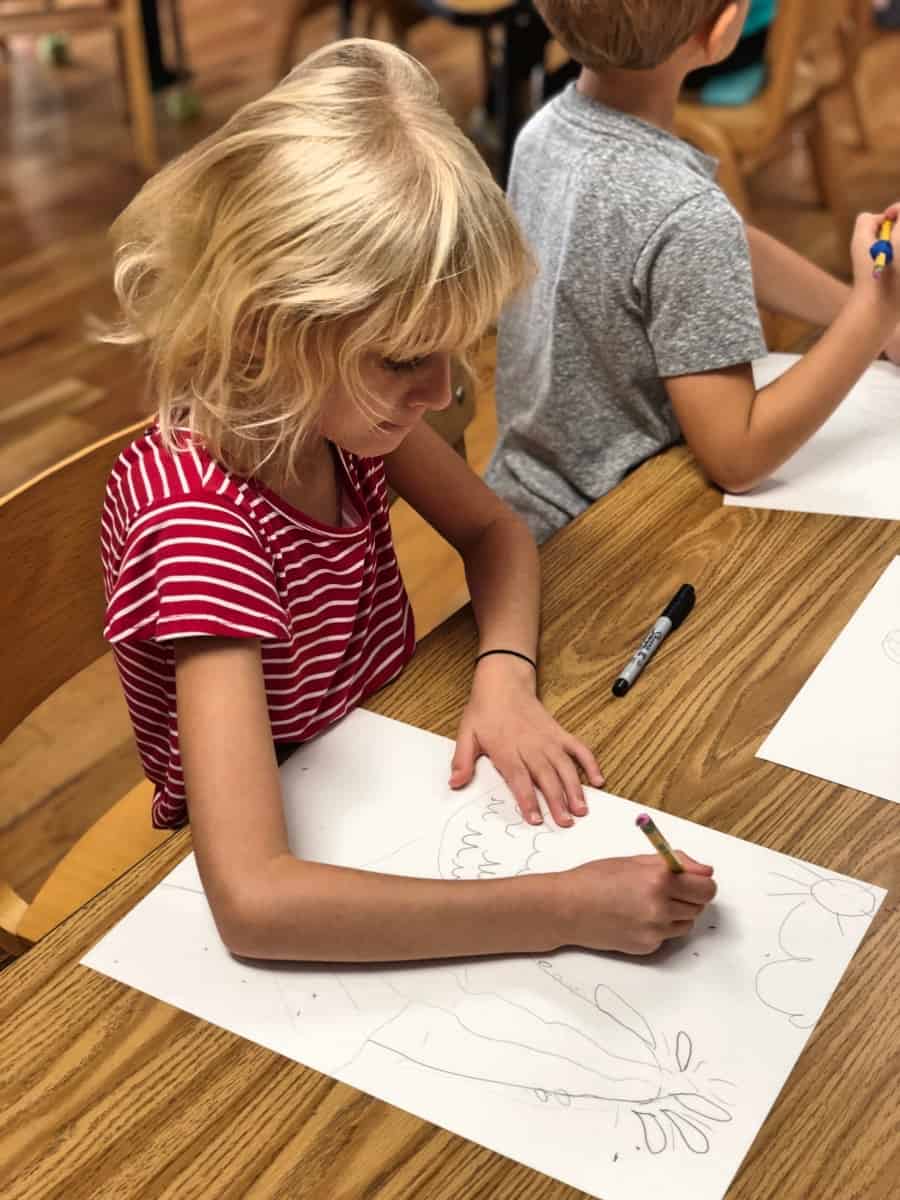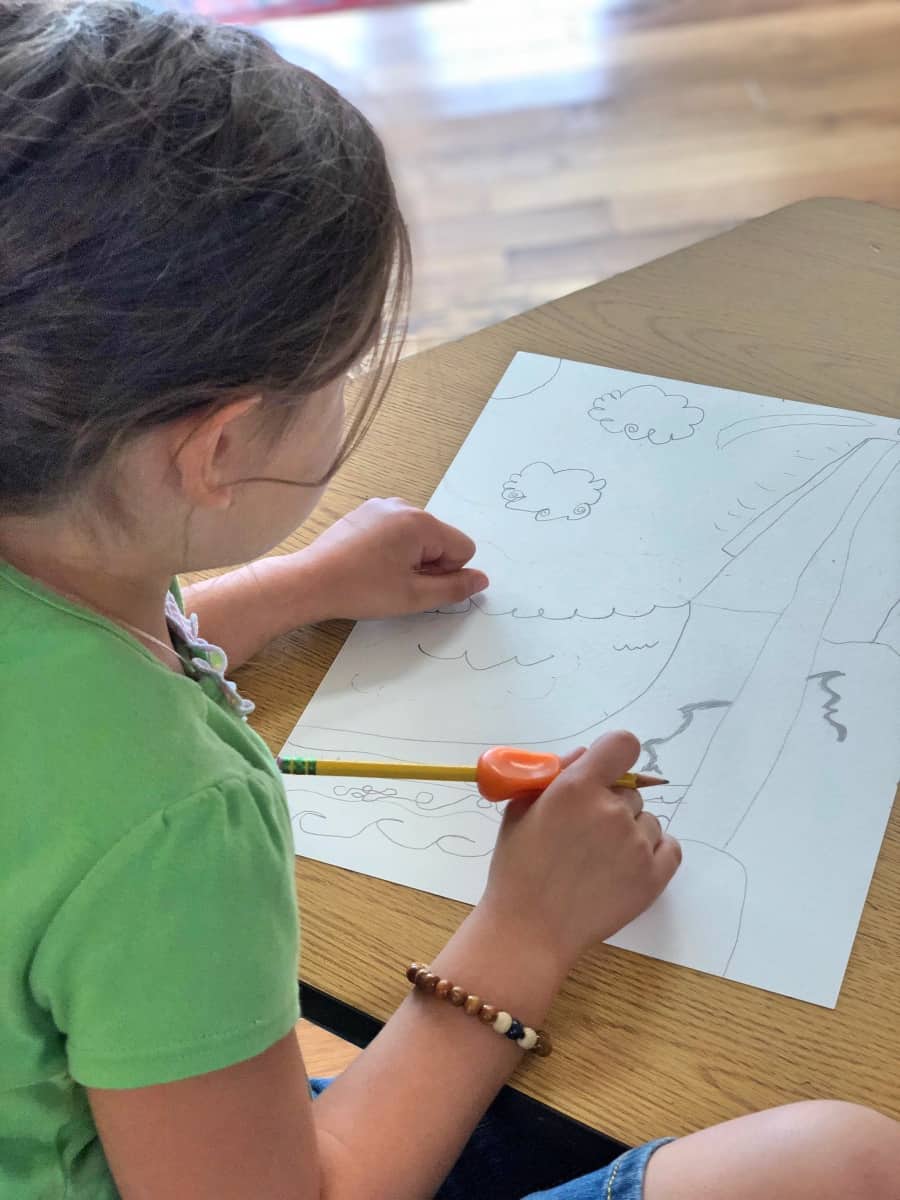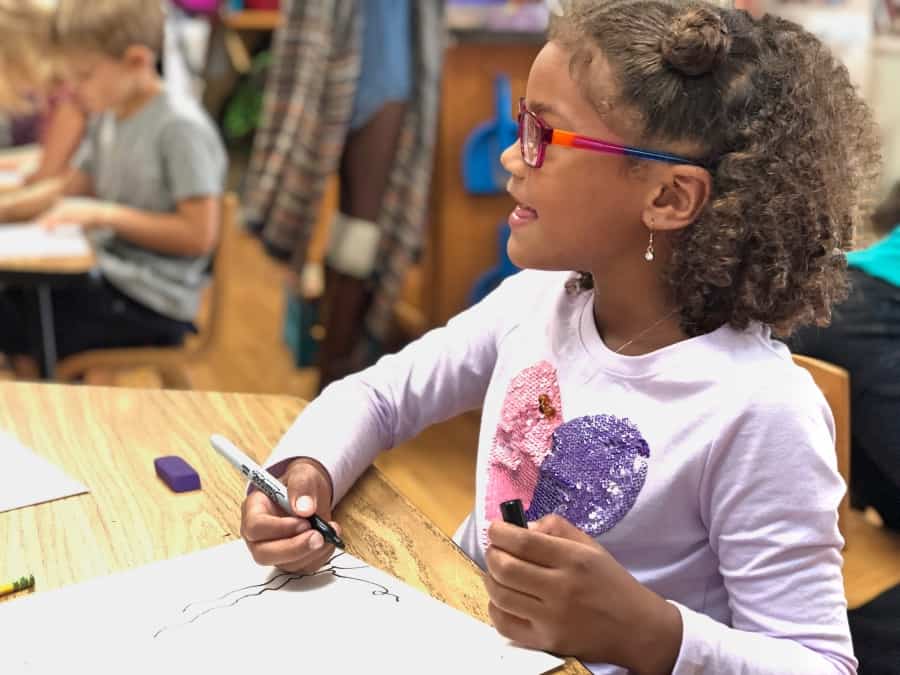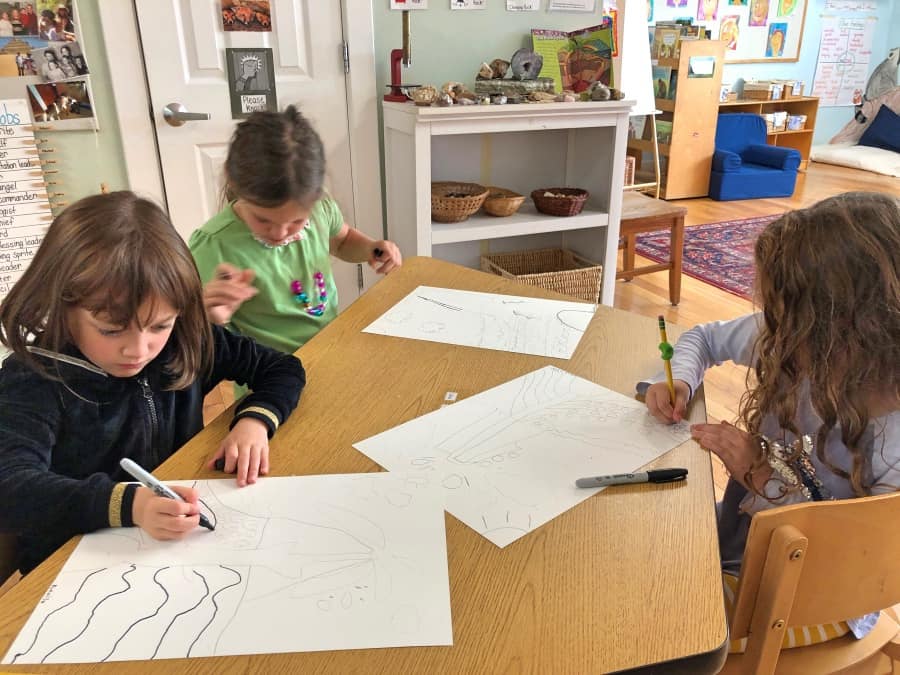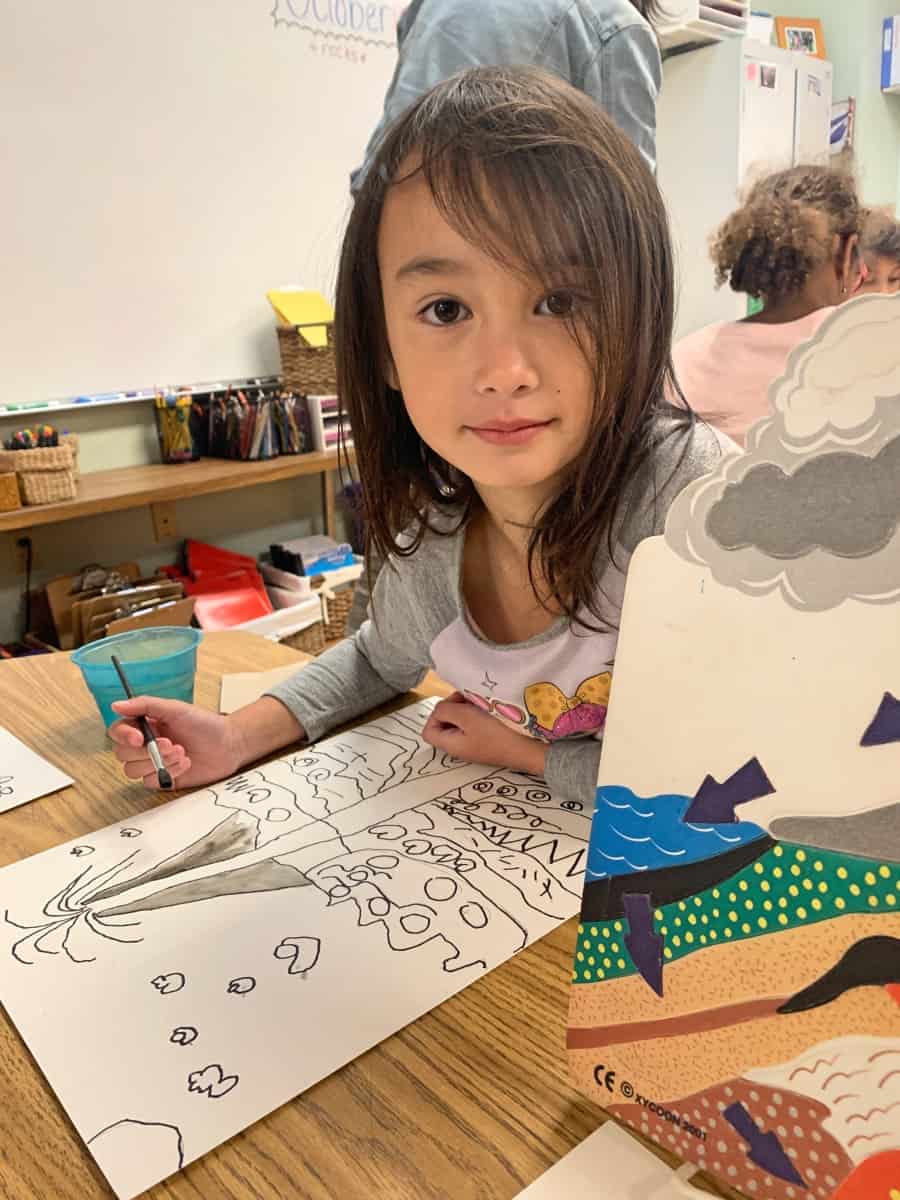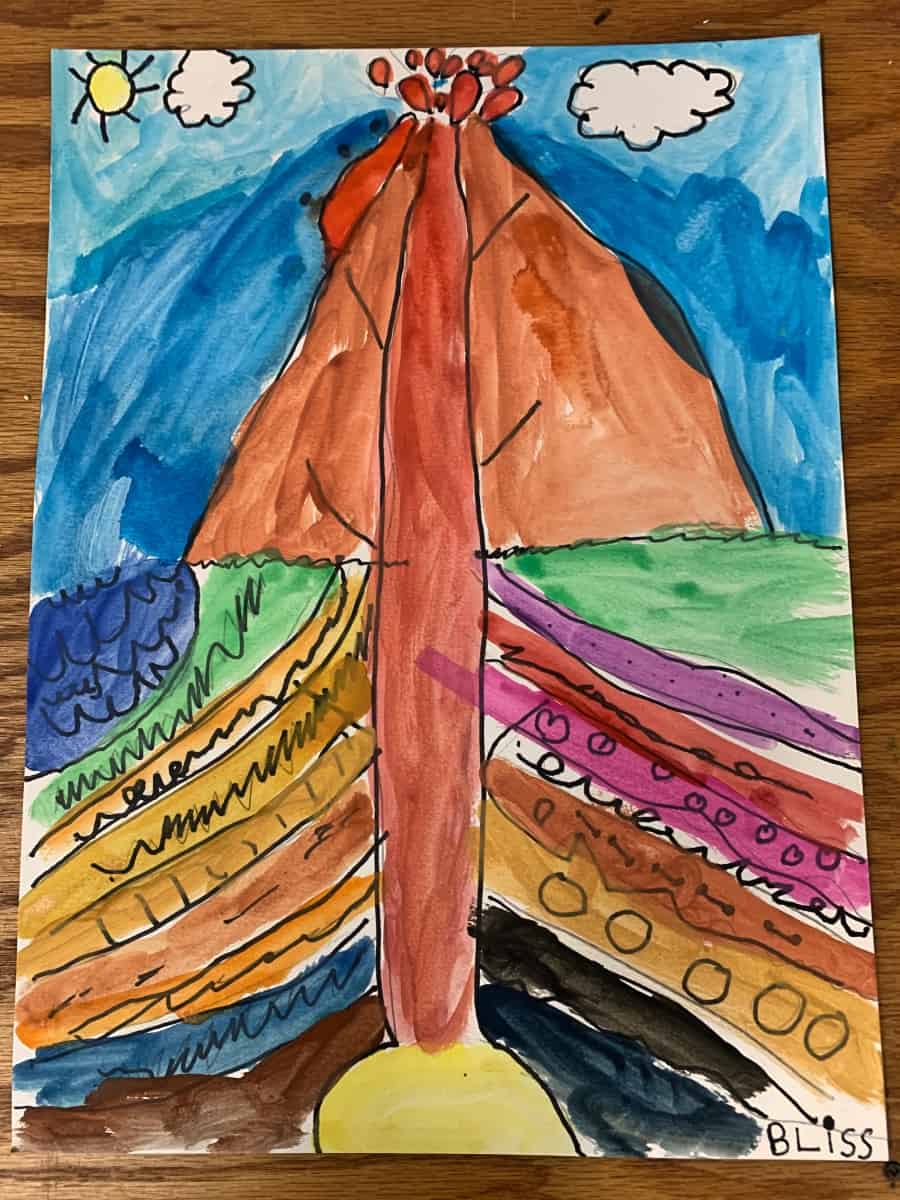
Kaleidoscope – November 2024

Dear Rainbow Friends and Families,
If you like, you can listen to this recording.
It has been over a year since I have published a Kaleidoscope. This pause has been a mindful one, offering time for reflection on Rainbow’s communication practices, with the goal of designing an intentionally integrated set of publications that support an informed and engaged community.
The return of this publication marks a few adjustments. To begin, Kaleidoscope will be published seasonally, in support of a cadence of strategic communication that is digestible and meaningful. Also, you will always find a recording of the document for readers that would prefer to listen to the contents over taking the time to read it on a screen. May these adaptations offer you all a meaningful and worthy read, supporting your participation and understanding in the full Rainbow journey.
Following Nature’s Wisdom: What Can Be Learned In The Wake of Helene?
As we grapple with the destruction and loss of the past several weeks, I hope you are finding ways to honor, process, and attend to your wounds and needs. The work of facing trauma, while personal, is something that can be done in partnership. Please be reminded that Will Ray, our Director of Counseling, is available to support students and families in the coming weeks, and to help you engage in additional therapy services. He can be reached via email will.ray@rainbowlearning.org or by phone (828-424-4733).
In nature, power and force are often equally integrated with beauty and strength. This past month I have been humbled by the collective humanity growing all around us. Fellowship, care, service, love, awareness, engagement, understanding, compassion…the list goes on. These, I hope, are the experiences and memories that rise above the flood line. May they buoy our grief and guide our resilience.
In support of parents and caregivers
One of the most natural instincts we have is to protect our children. They are born into this world depending on us for the most basic of needs, and as they grow it can be difficult to know how and when to provide autonomy and engagement with challenge, failure, fear, and sorrow. The reality is, there is no single way to parent a child through the complexities of this world. As humans, we benefit from a personalized approach that accounts for our strengths and vulnerabilities.
That being said, many families come to Rainbow with some level of shared values around developmentally appropriate access to media consumption, technology, social/emotional discourse, and so on. However, when our world increasingly surrounds our children with unavoidable complex and dynamic realities (Covid, Climate Change, Social Media, etc) it is our obligation to pause and consider how best to move forward as a community. In these moments, allowing our children to guide the inquiry often inspires the most profound and appropriate learning.
In the coming weeks as we digest the impacts of the storm, the outcomes of the election, and the process of rebuilding in our community, we can be mindful of keeping Rainbow a student-centered environment. Recalling that each child will be looking to the adults around them for cues to feel safe, grounded, and ready to learn. As adults, we are not immune to the emotional toll of our current circumstances. Even so, we have the ability to create a collectively conscious atmosphere at Rainbow that supports our children.
A conscious return to our school programming
The first few weeks back have felt wonderful. The teachers created a compassionate re-entry process supporting the children emotionally, providing familiar routines, and engaging their love of learning.
We also have a few upcoming events that offer opportunities for community fellowship, spiritual connection, and a pathway for matriculation.
Movie Night- We are publishing this event internally, but Rainbow families are welcome to bring extended family and friends. For folks who choose to attend the potluck before the movie, please label any food you anticipate sharing. Everyone should bring their own lawn chairs, blankets, and snacks.
Day of the Dead- We are grateful to have our Hispanic families leading us in the preparation of the Ofrenda and planning of this sacred holiday. Anyone that is able to offer donations for the altar or sign up to be a firekeeper on the day of the event, can find details in this LINK.
Tamales will be served free of charge, sponsored in collaboration between Rainbow and a parent donor. They will be shared on a first come first served basis while the altar is being created on Wednesday.
Omega Open House- Omega Middle School will be hosting our fourth and fifth grade students and families for a visit on November 8, 2024. It will be an opportunity for our current students to get a personalized understanding of how the 7 Domains model shifts in adolescence to facilitate scholarship, encourage healthy autonomy, and inspire long-term thriving. More details will be shared directly with Fourth and Fifth grade families.
Winter Performance- Our annual winter performance will be held on December 19th at 3:00pm. This performance will feature preschool-5th grade classrooms and Omega elective performances. Since it is a school-wide event, we will not host afterschool that day, and Omega will dismiss prior to the event. More details will be provided soon. This is a beautiful celebration of music and art that will be a welcome culmination of 2024.
Yours In Partnership and Appreciation for the Journey,
Susie Fahrer
Executive Director

